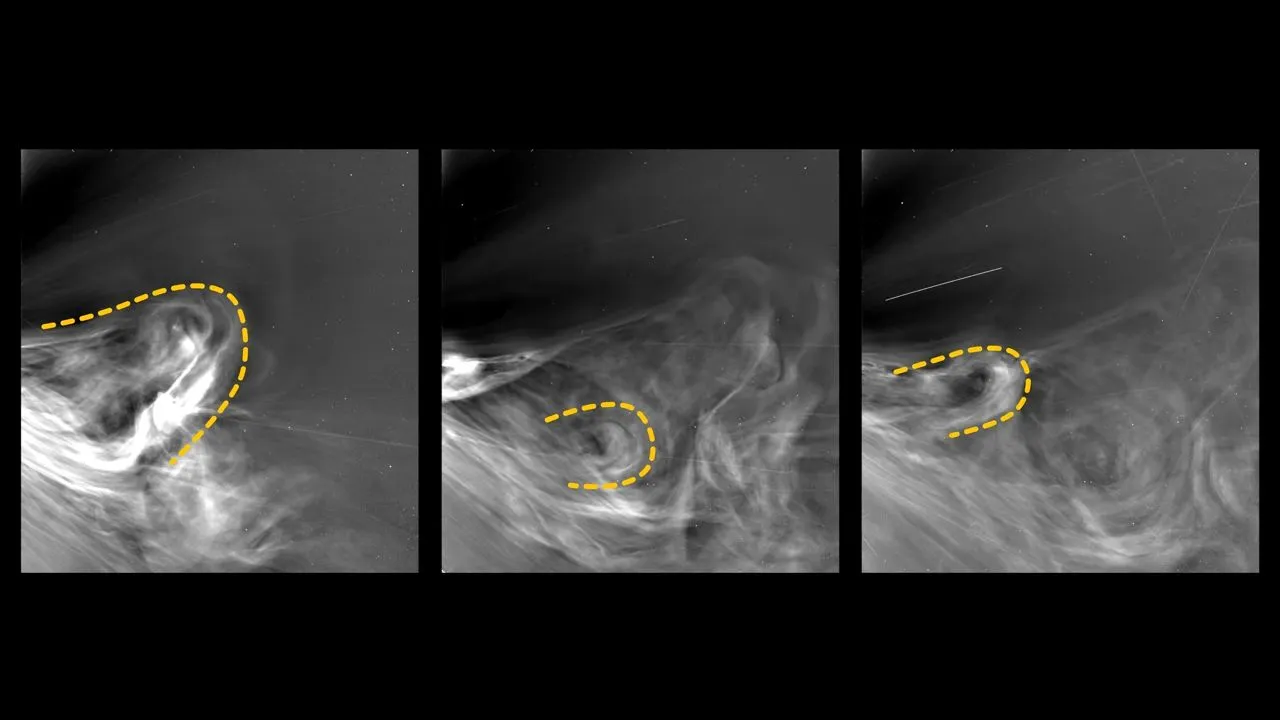NASA’s Parker Solar Probe has achieved a historical milestone! It has sent back the closest images ever taken of the sun, offering a detailed look into its outer atmosphere. The images were captured during a record-setting approach on December 24, 2024, when the spacecraft flew just 3.8 million miles from the solar surface.
These high-resolution images are the closest humans have ever come to directly observing the environment where space weather begins.
“Parker Solar Probe has once again transported us into the dynamic atmosphere of our closest star,” Nicky Fox, associate administrator, Science Mission Directorate at NASA Headquarters in Washington, told NASA (source).
The probe used It’s the Wide-field Imager for Solar Probe (WISPR), revealing never-before-seen details of the solar corona and solar winds.

One of the most remarkable discoveries is the first-ever recorded sequence of multiple coronal mass ejections (CMEs) colliding in space.
The solar wind is a stream of charged particles released from the Sun’s surface. These particles travel along the space and often reach Earth, colliding with Earth’s atmosphere, causing auroras and radio blackouts occasionally.
Launched in 2018, the Parker Solar Probe was named in honor of heliophysicist Eugene Parker. Since its launch in 2018, the probe has made some significant discoveries.
It has revealed magnetic “switchbacks” and confirmed the existence of two types of slow solar wind: Alfvénic, tied to coronal holes, and non-Alfvénic, possibly from helmet streamers. These findings are key to predicting solar storms that could affect astronauts, satellites, and all the living organisms on Earth.
One of the key goals of the mission is to understand the origins of the slow solar wind, which travels at about 220 miles per second. Unlike the fast wind, this slower version is denser and more variable. Parker’s latest observations confirmed there are two distinct types of slow solar wind, possibly arising from different solar regions, like coronal holes and helmet streamers.
With its next close approach on September 15, 2025, the probe will continue gathering critical data to refine our understanding of the Sun and space weather.

